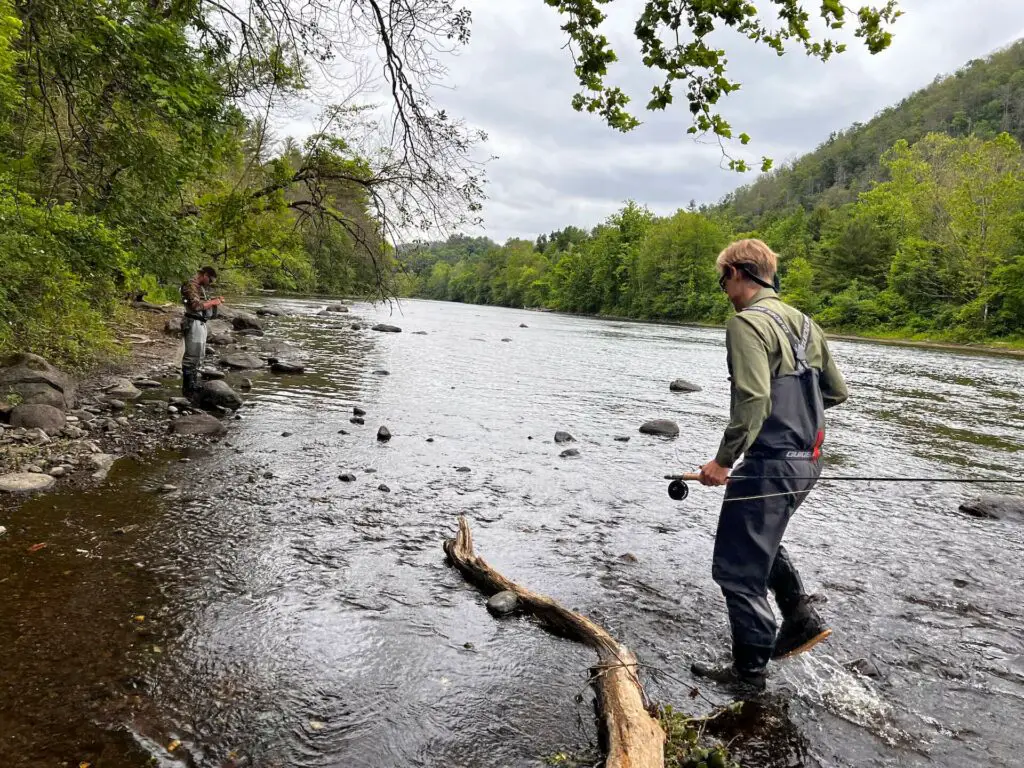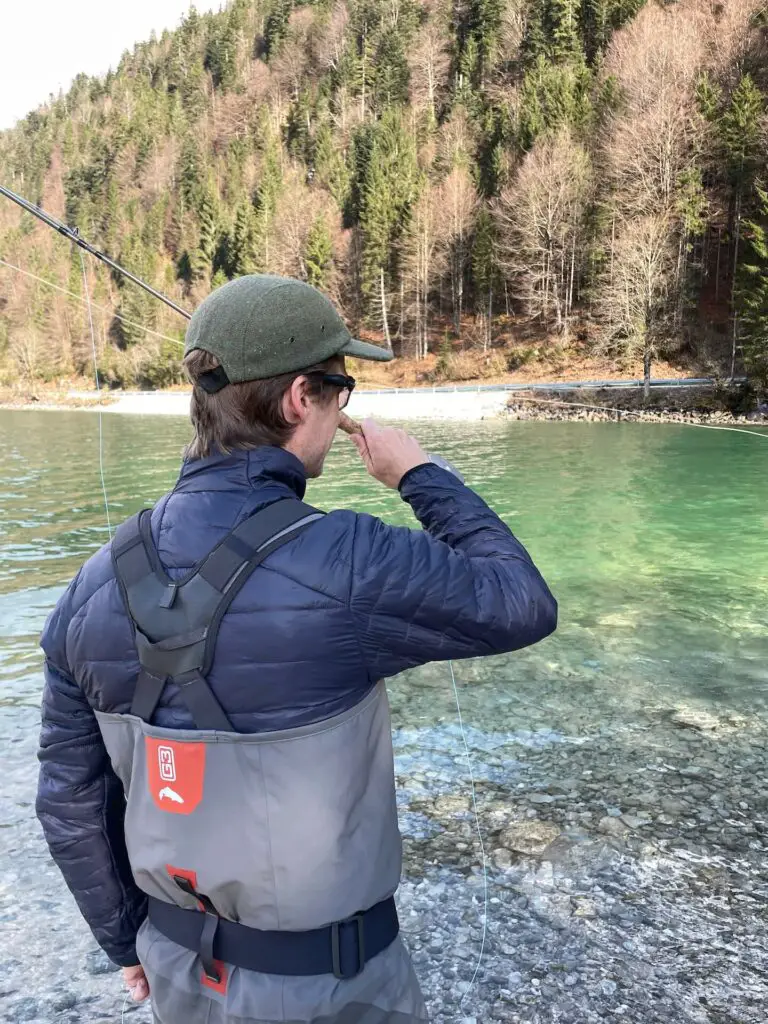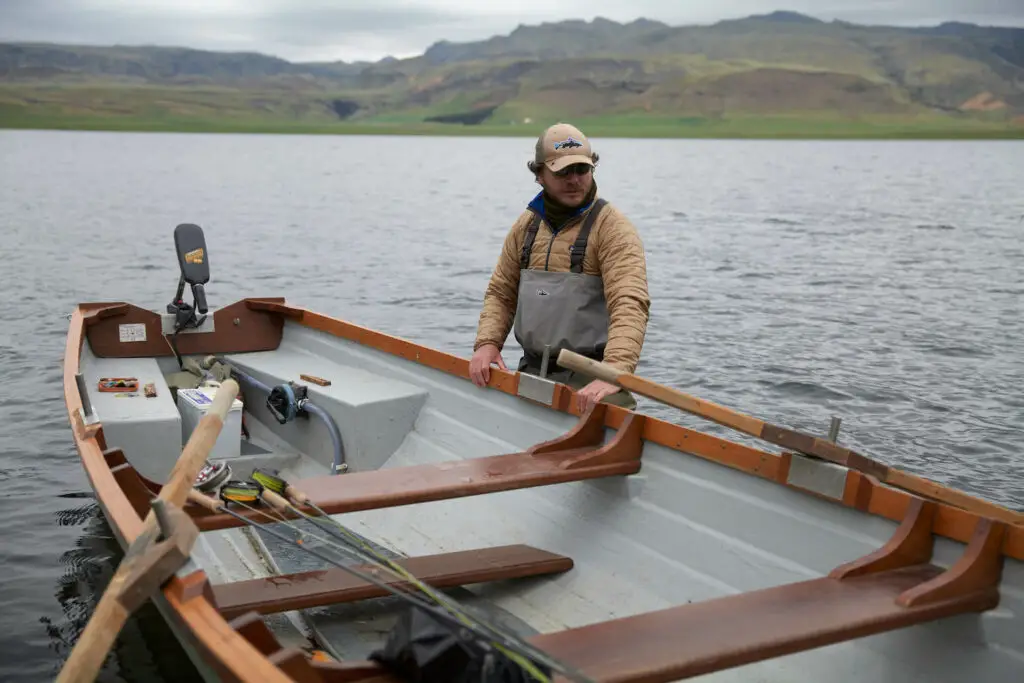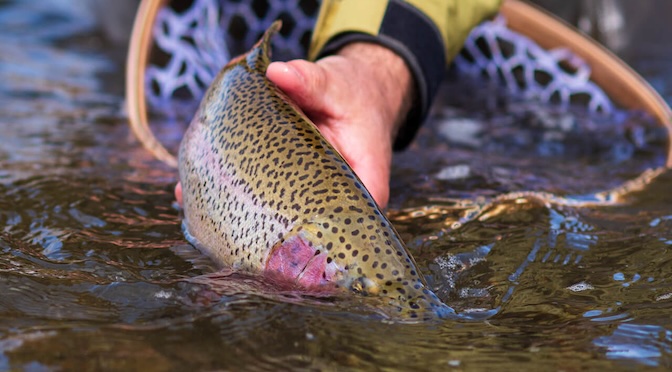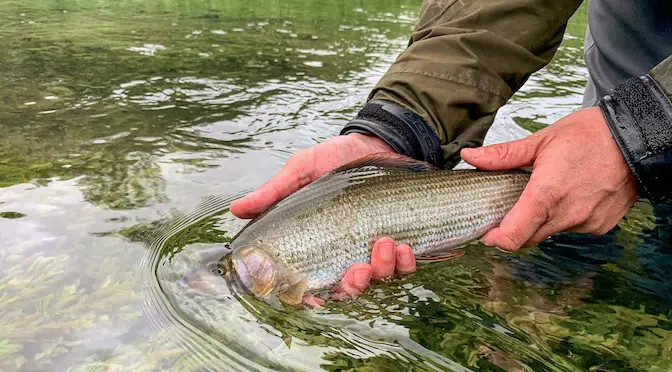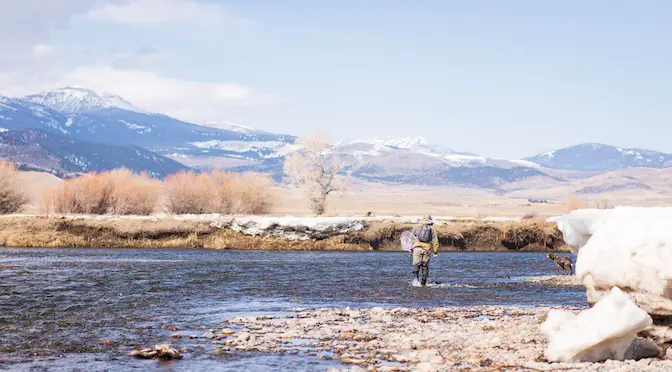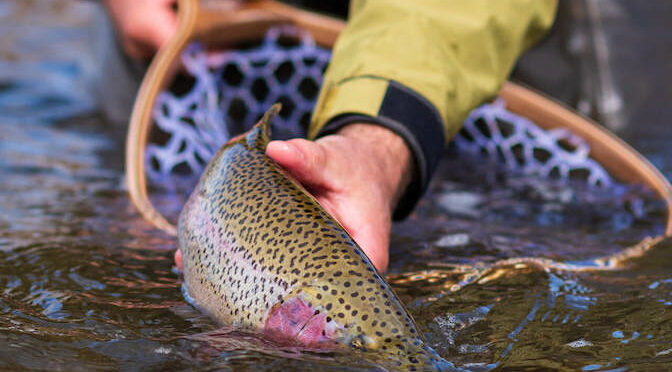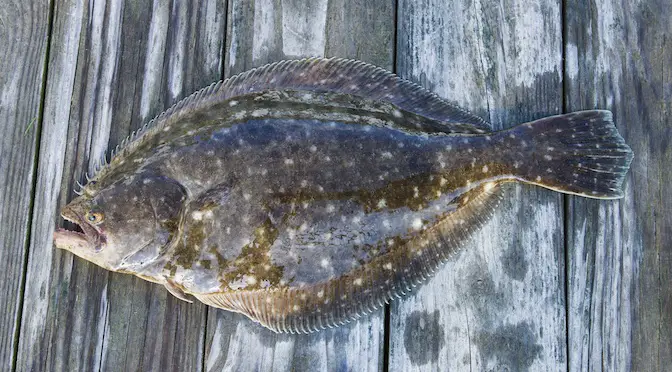Last updated on January 9th, 2024.
- On the Water with the Korkers Bantam Lite - June 26, 2025
- How to Find Trout in Rivers & Streams Anywhere - June 13, 2025
- Educating the Next Generation of Salmon Anglers - June 4, 2025
When it comes to activities like fishing or hunting, there’s an undeniable romance to standing amidst nature’s beauty, feeling the flow of water around your legs.
But let’s be honest, there’s no fun in getting wet and cold, right? That’s where your trusty waders come into play. They’re not just about keeping you dry; they’re your second skin, your armor against the elements.
The Art of the Perfect Fit
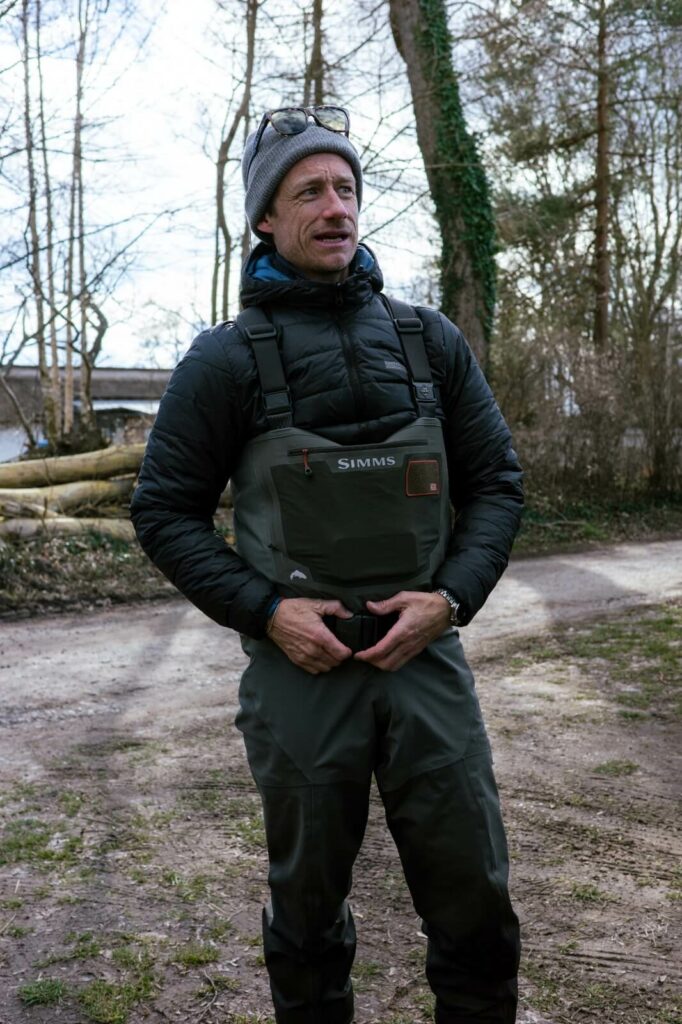
Imagine wearing a pair of shoes that are either too tight or too big; it’s neither fun nor functional. Waders are no different. A perfect pair should feel almost like they’re a part of you. They need to be tight enough to keep you dry, but with enough wiggle room for you to move freely and perhaps wear that favorite jumper your grandma knitted.
Now, if you end up with a pair that’s too tight, you’ll find it hard to move, which is not ideal when you’re trying to catch that elusive fish. On the flip side, too loose, and you might as well jump into the water; you’re going to get wet. Moreover, there’s nothing more annoying than a pair of waders chafing against your skin, taking away from the pure joy of being outdoors.
Measuring Up
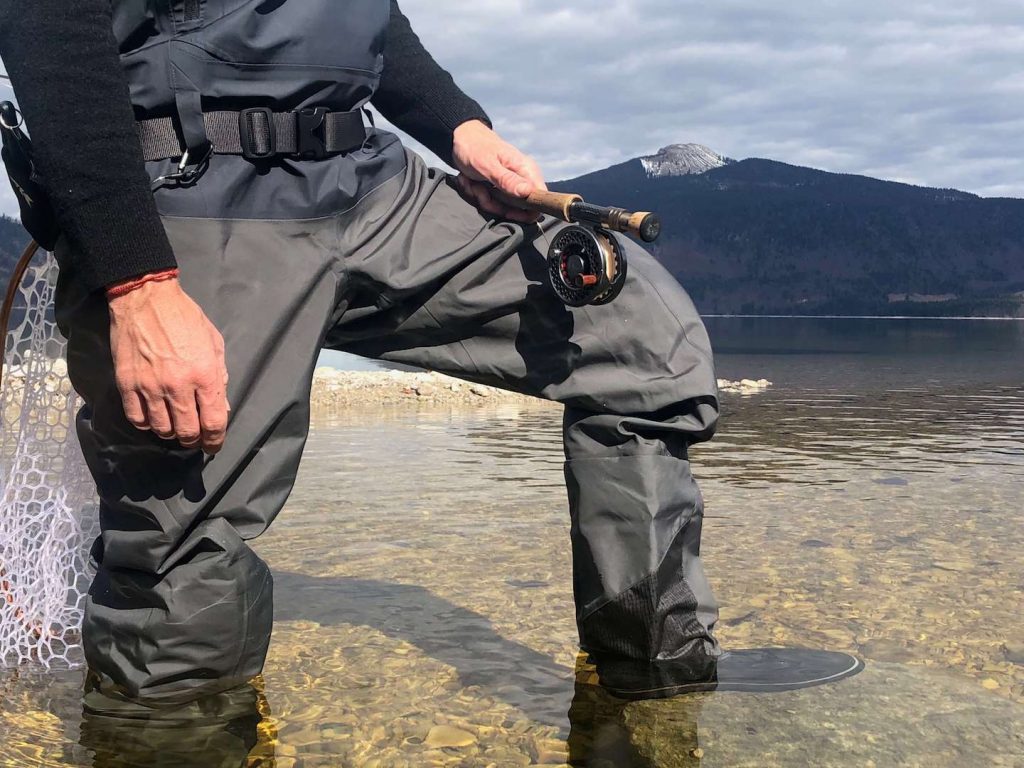
Getting your measurements right is like finding the golden ticket. You need to be precise; otherwise, you’re setting yourself up for discomfort. Make sure to measure your chest, waist, hips, and inseam accurately. Once you have those numbers, match them up with brand-specific sizing charts. Just like shoes, not all waders fit the same. And always, always account for the clothes you’ll wear underneath, especially if you’re venturing out on a cold day.
Let’s Talk Materials and Make
Different strokes for different folks; the same goes for wader materials. If you’re someone who enjoys cold water fishing, neoprene might be your best bet. It’s like that cozy winter blanket. For those who prefer something lightweight, nylon is your friend. Breathable waders come in different thicknesses starting with single layer waders to 3 and 4 layer waders that provide great abrasion resistance and can take some wear and tear.
But, what’s inside matters as much as the outside. Good quality stitching and strong seams are the backbone of a great wader. These small details ensure that your waders are not just for show, but they’ll stand the test of time and, more importantly, keep you dry.
Style Matters Too
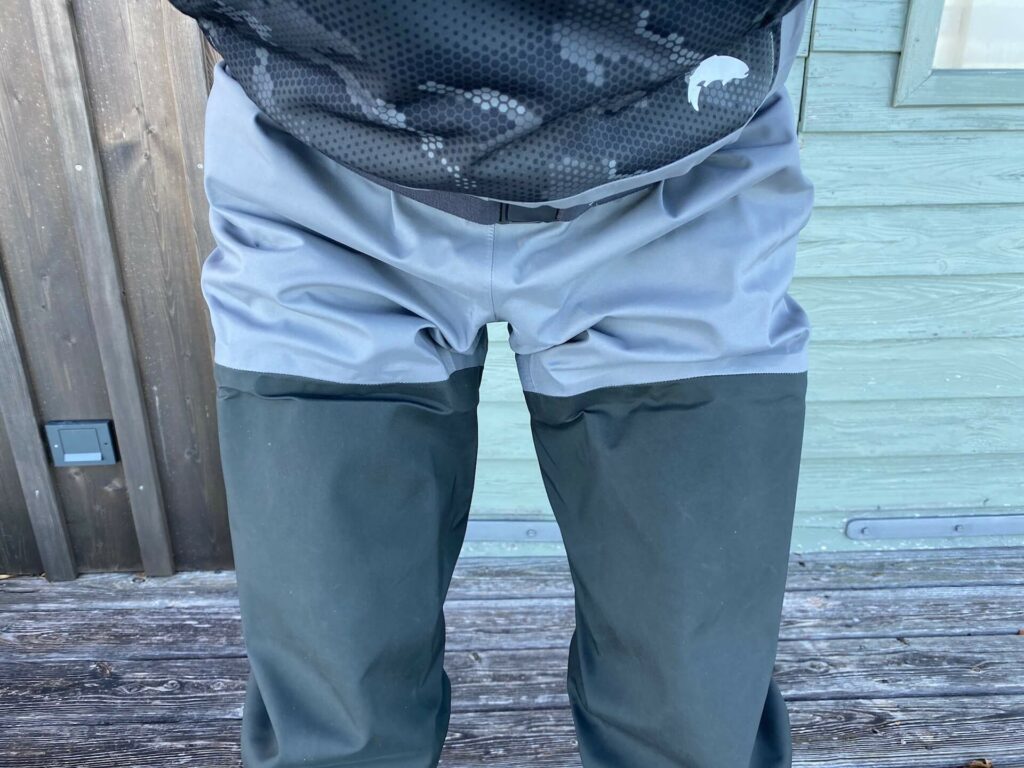
Waders can be stylish – who knew? It’s not just about looking good but also about functionality. The classic debate between Bootfoot and Stockingfoot waders boils down to personal preference. If you value convenience, Bootfoot is the way to go. However, for those who seek customization and better support, stockingfoot waders paired with separate wading boots might just be your jam.
Remember, adaptability is key. Look for waders with adjustable belts and suspenders. The better the fit, the more comfortable and mobile you’ll be.
What’s Your Game?
Before buying waders, think about your game plan. Different adventures require different gear. Are you fishing in cold waters or wading through warmer streams? Will you be navigating rough terrains or going for a more relaxed experience? All these factors will determine the type of waders you need. Ensure that your waders complement your activity, adding to the fun rather than being a burden.
In Conclusion
Choosing the right waders isn’t rocket science, but it does need some thought. From getting your size right to deciding on the material and style, every detail counts. And at the end of the day, your waders should feel like an extension of you, enhancing your connection with the water and the world around you. So, gear up, step out, and make a splash! And if you can, go on and get the best pair; after all, adventures deserve the best companions!
FAQs: Wader Fit Considerations
Why is getting the right fit in waders important?
A proper fit ensures comfort, mobility, and optimal performance when wearing the waders. It prevents restrictions in movements while fishing and reduces the chances of wear and tear. A suitable fit also ensures that the waders are effectively keeping water out and providing adequate insulation.
What factors should I consider when selecting the fit of the waders?
Consider the activities you’ll be doing, ensuring flexibility and movement. Factor in the layers you’ll wear underneath, ensuring enough space for insulation without being overly tight or restrictive. Consider the type of footwear you’ll be using with the waders for comprehensive fitting.
How can I determine the correct size of waders for me?
Refer to the manufacturer’s sizing chart, considering your height, weight, shoe size, and body measurements. Trying them on with the layers you intend to wear during fishing activities can also help in determining the right fit.
How tight or loose should my waders fit?
Waders should be snug but not overly tight. They should allow for a full range of motion, including bending, walking, and casting. Ensure that there is enough room to wear appropriate insulating layers beneath the waders but without causing them to sag or become baggy.
What problems can arise from improperly fitted waders?
Improperly fitted waders can lead to discomfort, reduced mobility, and an increased chance of damage due to excessive stress on certain areas. They may also compromise their waterproofing effectiveness and insulation, making your fishing experience less enjoyable and productive.

